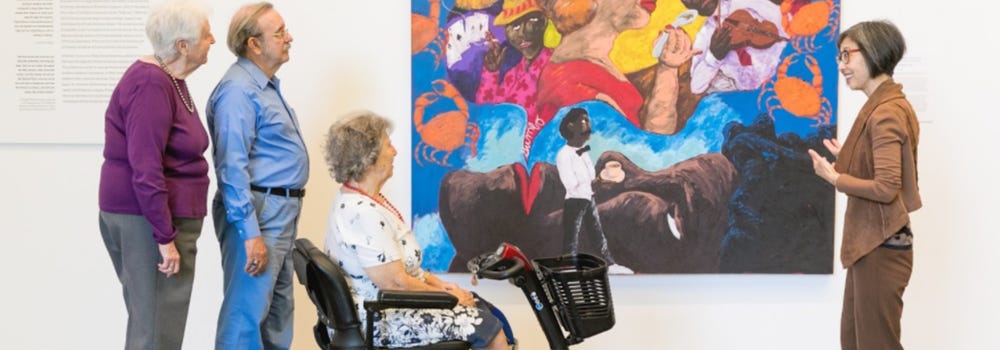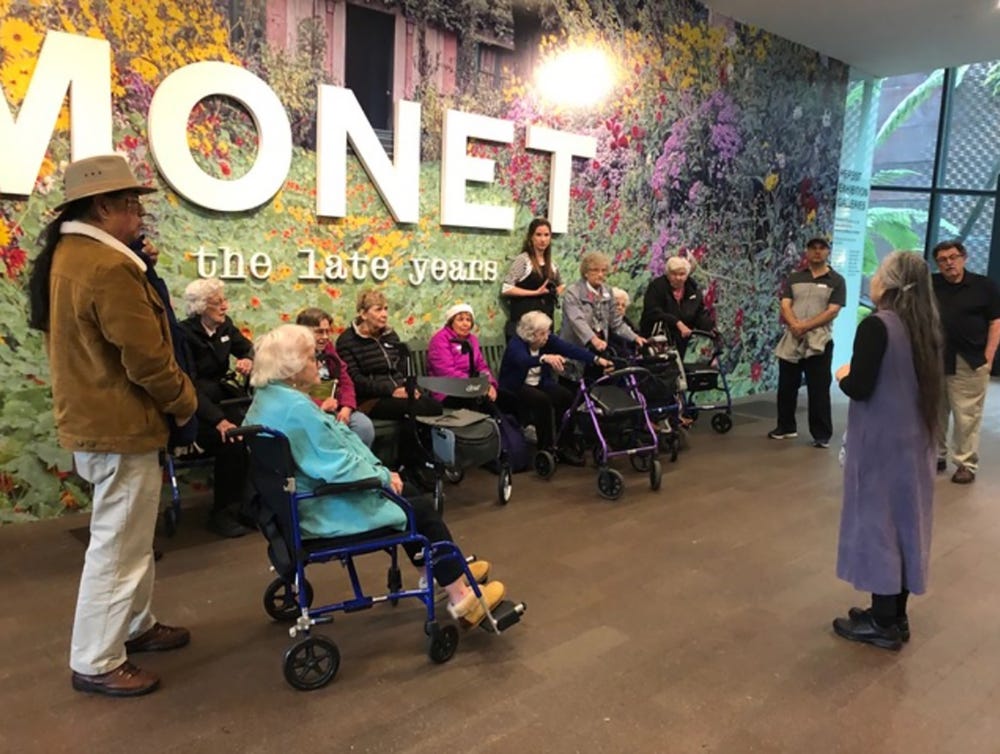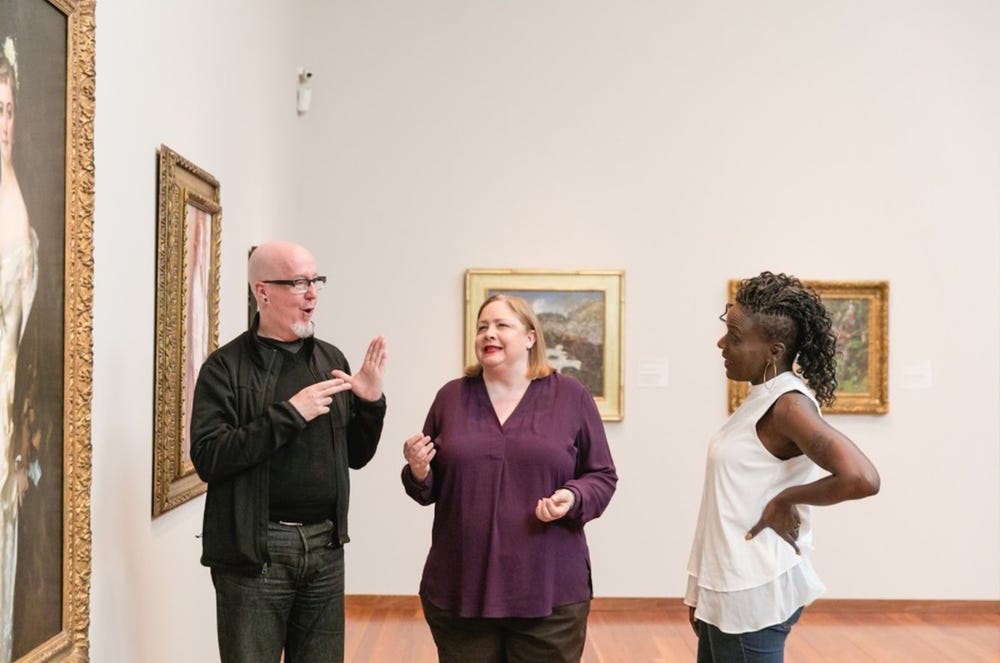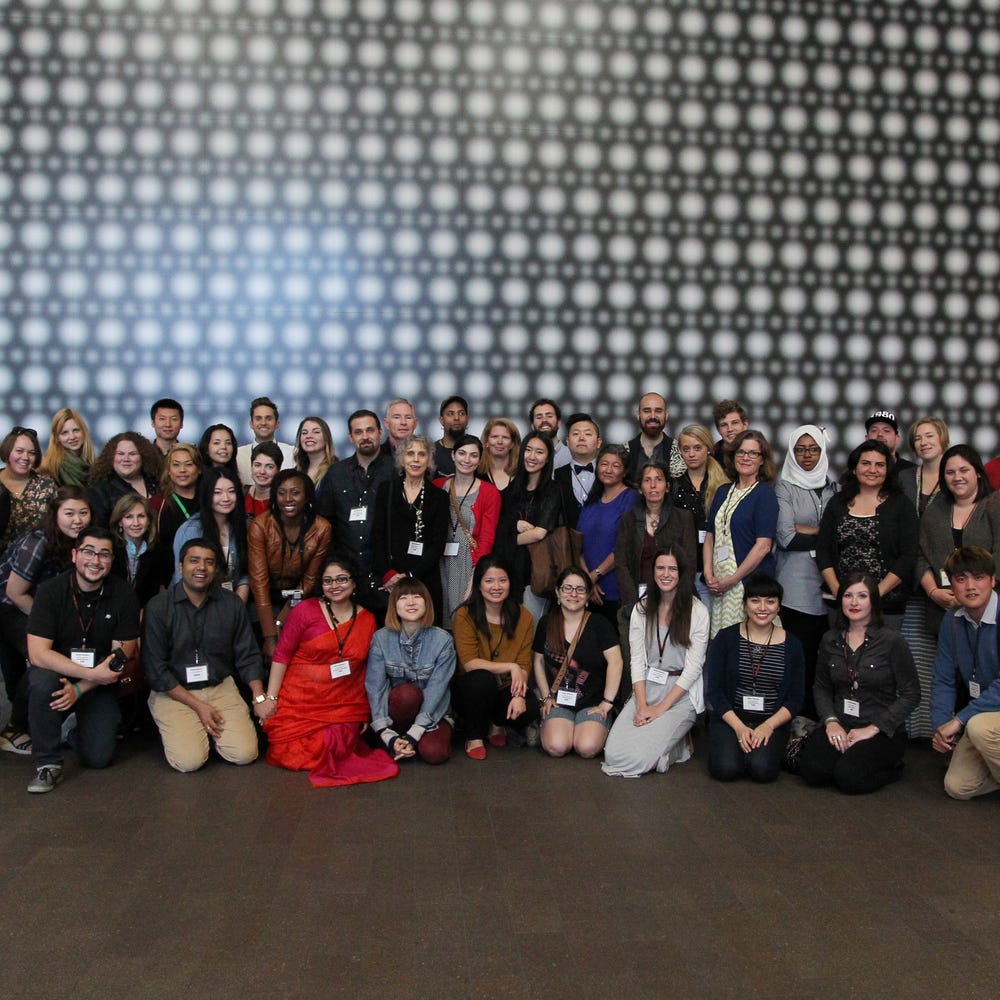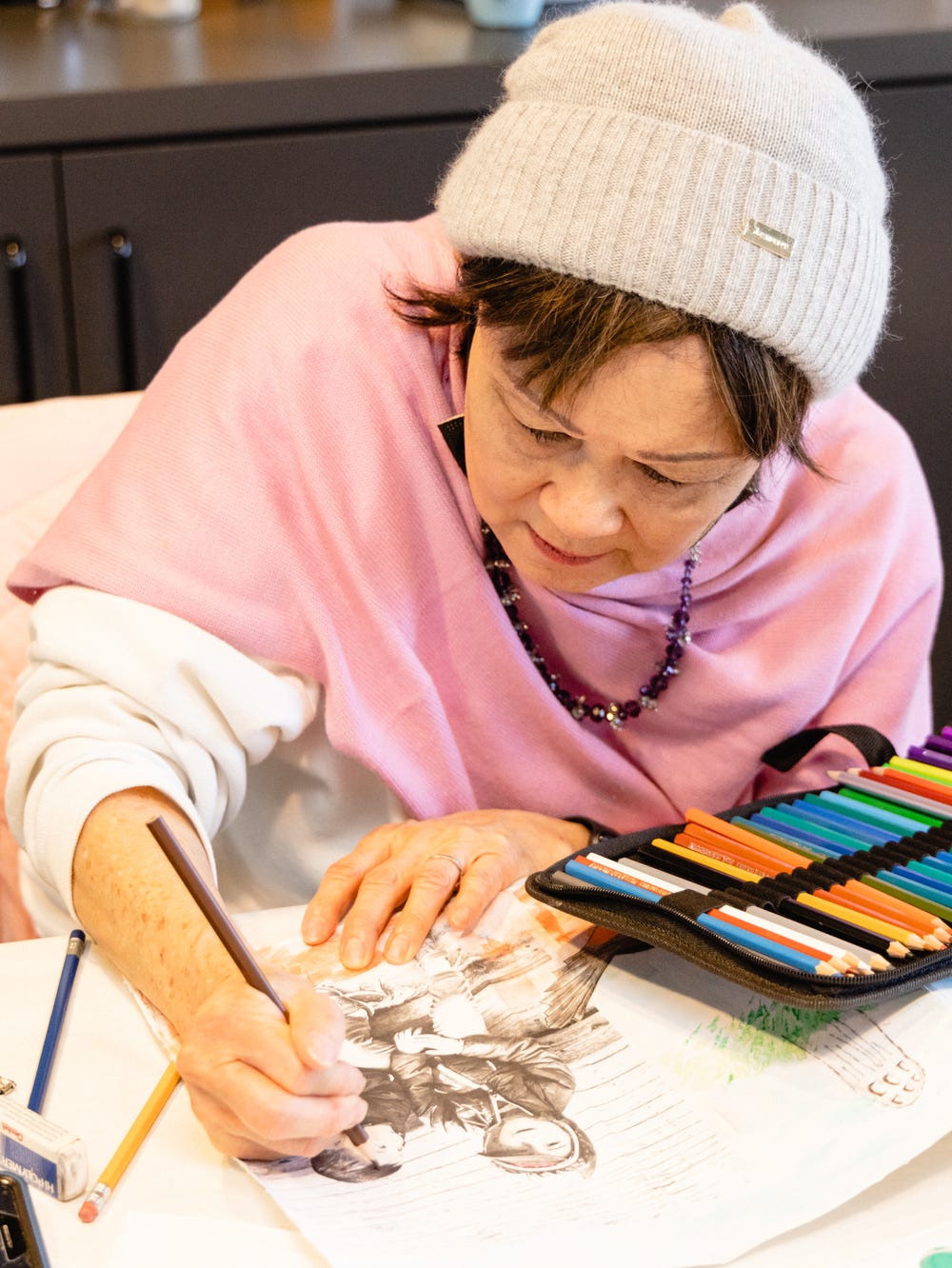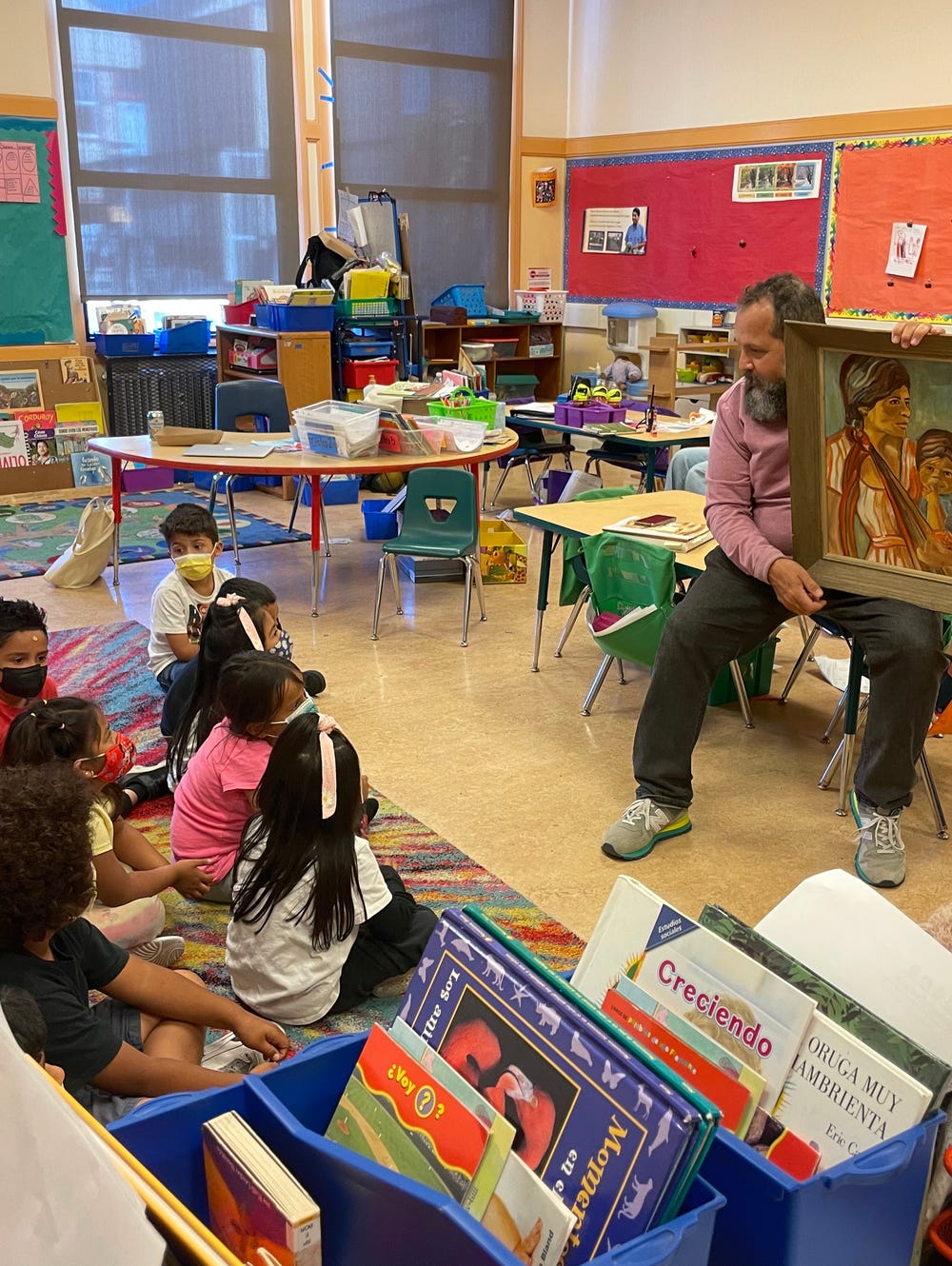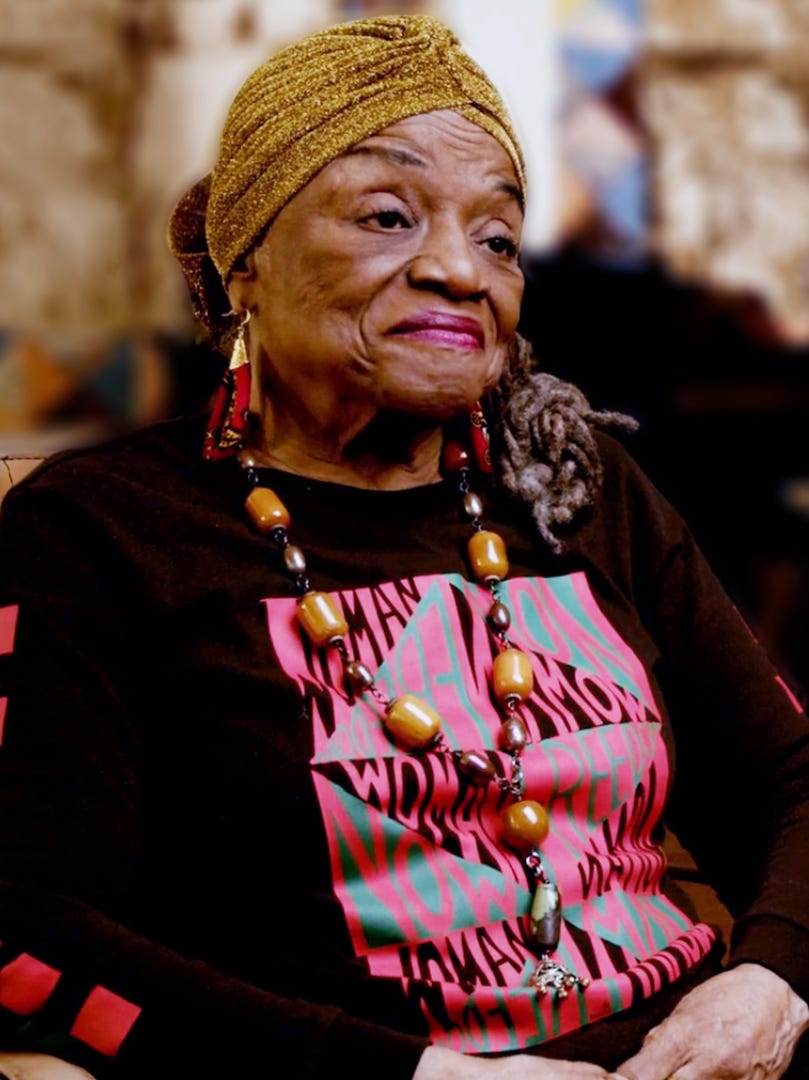Launching Access Membership
By Karen Berniker and Meghan McCauley
February 25, 2022
At the Fine Arts Museums of San Francisco, we’re extremely fortunate to be supported by a large and loyal membership base — one of the largest art museum memberships in the country. Membership programs support visitor-serving organizations like ours in three major ways: they generate essential operating revenue, identify and cultivate potential future donors, and serve as a reflection of community engagement. Our members tick all three boxes — they collectively fund up to 20 percent of the Museums’ total operating budget every year, more than 60 percent of our donors began their relationship with the Museums as members, and the size of our membership program directly reflects the Bay Area’s investment in and dedication to arts and culture.
Membership is a tiered system with a pretty traditional setup: the more you give to support the Museums, the more benefits you receive. While the Fine Arts Museums of San Francisco offer frequent free-admission days and an amazing schedule of accessible free public programs, we are always seeking ways to make membership more inclusive. This is a core challenge that many membership leaders share: we want to foster a diverse membership community, but we also have a responsibility to raise money for museum operations. We ask ourselves: Is it possible to have an inclusive membership program while also charging an annual membership fee?
The first conversations about Access membership began in summer 2019, when Karen Berniker (Access program manager at the Fine Arts Museums of San Francisco) took it upon herself to look for ways to expand accessibility throughout the institution by identifying needs in other departments. Karen proposed a new, dedicated Access membership level to the membership team — a project that could bridge the gap between our paid membership levels and our free Access program. When reviewing the membership program, it became immediately apparent that there were discounted levels of membership available for some underserved populations, such as seniors and students, but not yet for people with disabilities (PWD).
The Museums have offered a variety of free programs and services that cater to the needs of PWD since 1986, including free general admission to all PWD and a companion. One may ask, why launch an Access membership when PWD are always granted free general admission to the Fine Arts Museums of San Francisco? In addition to free admission, members also receive discounts, early access, and invitations to special events. In return, they provide an annual gift to the Museums, and they also are our most engaged audience (both in person and online).
Members were the first to visit the de Young and Legion of Honor when we reopened our doors following COVID-related closures in 2020 and 2021. They are our biggest fans and our most thoughtful critics, providing us essential feedback and often serving as a barometer for our successes and opportunities to improve. Membership is more than just free admission: membership is a relationship. An Access membership would give PWD the opportunity to deepen their relationship with the Museums.
It also makes good business sense to offer an Access membership level. According to the Centers for Disease Control and Prevention, there are a reported 61 million adults in the United States who live with a disability, which is the equivalent of 25 percent (1 in 4) who have a disability that impacts one or more major life activities. A recent report from the San Francisco Office of Economic and Workplace Development stated that in San Francisco alone, there are 94,000 people who report a disability (1 in 10). Almost half of the PWD in San Francisco are under 65. Meanwhile, according to the Population Reference Bureau, the number of Americans 65 and older is on course to more than double, from 46 million today to over 98 million by 2060, and mobility issues and disability increase with age. According to data in 2019, the number of PWD who live below the poverty line is 25.9 percent, as opposed to those not living with a disability at 11.4 percent. Therefore, these statistics support investing in the disability community.
To develop this new membership level, Karen worked with Danielle Hobart (former associate director of Membership) throughout 2019 to brainstorm member benefits for Access members. At first this seemed like an opportunity to develop exclusive, bespoke benefits for Access members, but we quickly realized that most of the benefits we could think of were already offered by the Museums to PWD, free of charge, by advance request, including ASL interpretation for Deaf visitors, highly descriptive tours for visitors who have low vision or are blind, and Veteran’s Personal Response Tours, among others. We weren’t going to put any of these programs behind a membership paywall. Instead, we decided to offer Access members the same benefits as Individual-level members and include more benefits for PWD (like live closed-captioning during programs) into all membership levels.
In summer 2020, when the Fine Arts Museums of San Francisco pledged to become an anti-racist organization that centers diversity, inclusivity, equity, and access, every department across the Museums looked inward and sought ways to make our work more inclusive. This was a perfect time to restart the launch of Access membership.
Launching a new membership level takes support from many people across the Museums, and there were competing priorities in 2020 and 2021 as we worked to safely reopen the de Young and Legion of Honor. For Meghan McCauley (director of Membership), it was important that the process of launching a new inclusive membership level was also as inclusive as possible internally, and Meghan worked across teams to develop a schedule for launch that accommodated each department’s varying priorities. We wouldn’t have been successful without the work of our colleagues in Data Information Services, the Museum Store, Marketing and Communications, and Visitor Experience.
As project leaders, Karen and Meghan also worked across teams to develop staff training, soliciting feedback from our visitor- and member-facing colleagues, who helped us anticipate questions that people might ask: Why should I become a member? What “counts” as a disability? Karen was called upon often to answer questions and help create talking points that, in turn, increased visibility of her extensive work with the disability community and our existing Access programs. As we became more educated, we helped educate our colleagues. We became more familiar with how to talk about Access membership and living with disabilities. We are now excited to welcome these members of our community to deepen their relationship to the Museums through membership.
Though the new level has only recently launched, it’s helped ignite an excitement and optimism internally to see what’s possible when we work together to make the Museums more accessible. We learned that the disability community’s diverse visitor needs are often ones we share — adding closed captioning to member events, for example, is a benefit that many people find useful regardless of whether they identify as having a disability.
In many ways, designing membership to be more accessible for people with disabilities makes it better for everyone.
This discovery is a starting place — now that we’ve launched Access membership, we can begin to map out future projects to reflect the Museums’ ongoing commitment to diversity, inclusivity, equity, and accessibility in our membership program.
Learn more about Access Membership.
Text by Karen Berniker, Access Program Manager; and Meghan McCauley, Director of Membership.
Learn more about DEIA and Anti-racism updates at the Fine Arts Museums.
